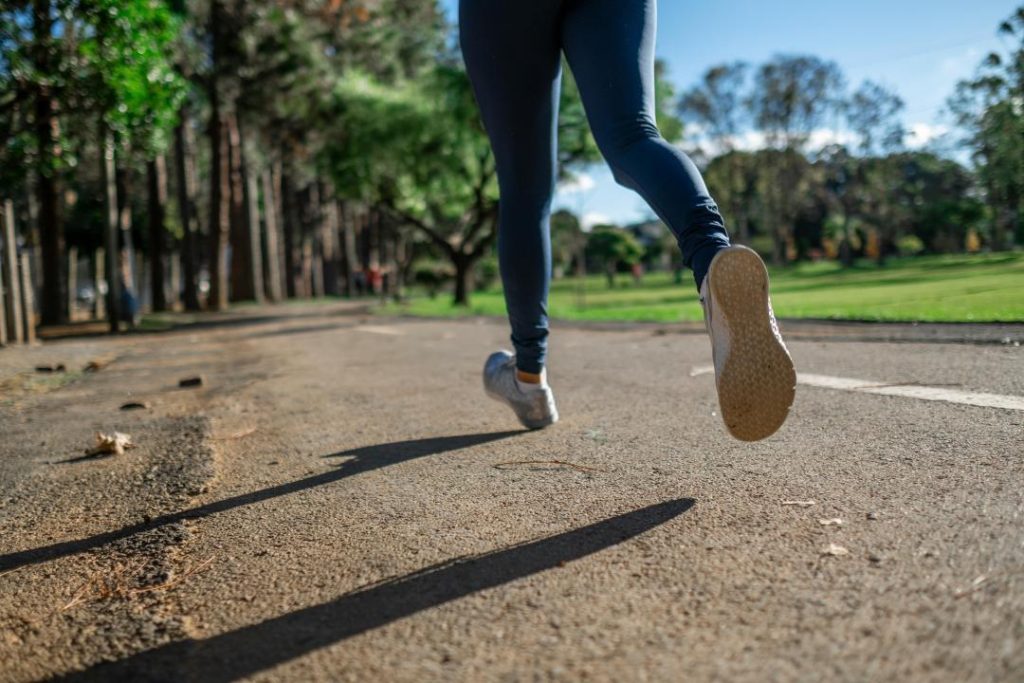
Pre-run Stretching Doesn’t Improve Performance: Study
For years, runners have been taught to prioritize stretching as part of their pre-run routine. The idea is that stretching will improve flexibility, reduce muscle soreness, and ultimately enhance performance. However, a recent study published in the journal Sports Medicine has shed new light on the effectiveness of pre-run stretching. In a review of 15 studies, researchers found that stretching before running has no meaningful impact on running economy.
So, what is running economy, and why does it matter? According to the British Association of Sport and Exercise Sciences, running economy refers to the energy expenditure required to maintain a given pace over a set distance. In other words, it’s a measure of how efficiently a runner uses oxygen and energy to propel themselves forward. Improving running economy is a key goal for many runners, as it can help reduce fatigue, increase endurance, and enhance overall performance.
The study, published in Sports Medicine, analyzed data from 15 research papers that investigated the effects of different types of stretching on running economy. The researchers examined three main types of stretching: static stretching, dynamic stretching, and proprioceptive neuromuscular facilitation (PNF) stretching.
Static stretching involves lengthening a muscle to its maximum extent and holding it for a period of time. This type of stretching is commonly used to improve flexibility and reduce muscle soreness. Dynamic stretching, on the other hand, involves moving a joint through a range of motion while contracting and relaxing the muscles. This type of stretching is often used to prepare for physical activity by increasing blood flow and reducing muscle stiffness.
PNF stretching is a more advanced type of stretching that involves contracting a muscle and then lengthening it while still contracting. This type of stretching is designed to improve flexibility and strength at the same time.
After analyzing the data from the 15 studies, the researchers found that none of the types of stretching showed a significant improvement in running economy. In other words, regardless of whether runners used static, dynamic, or PNF stretching, their running economy remained the same.
The study’s findings suggest that runners may not need to rely on stretching to improve their running economy. Instead, they may want to focus on other factors that can enhance performance, such as strengthening their core and glutes, improving their posture, and optimizing their running technique.
So, what does this mean for runners? For starters, it may be time to rethink traditional warm-up routines. Instead of spending 10-15 minutes static stretching before a run, runners may want to consider other activities that can help prepare their bodies for exercise. For example, they could try light cardio, such as jogging or jumping jacks, or incorporate dynamic stretches that mimic the movements they’ll be using during their run.
It’s also important to note that the study didn’t find that stretching had a negative impact on running economy. In other words, stretching wasn’t found to decrease running efficiency or increase energy expenditure. This means that runners can still use stretching as part of their routine if they enjoy it or find it helpful for other reasons, such as reducing muscle soreness.
Overall, the study’s findings suggest that runners should focus on other factors that can improve their performance, rather than relying solely on stretching. By incorporating strength training, improving their running technique, and optimizing their nutrition and hydration, runners can take their performance to the next level.
Source: https://thepfc.club/blogs/news/what-is-running-economy-and-why-it-matters






